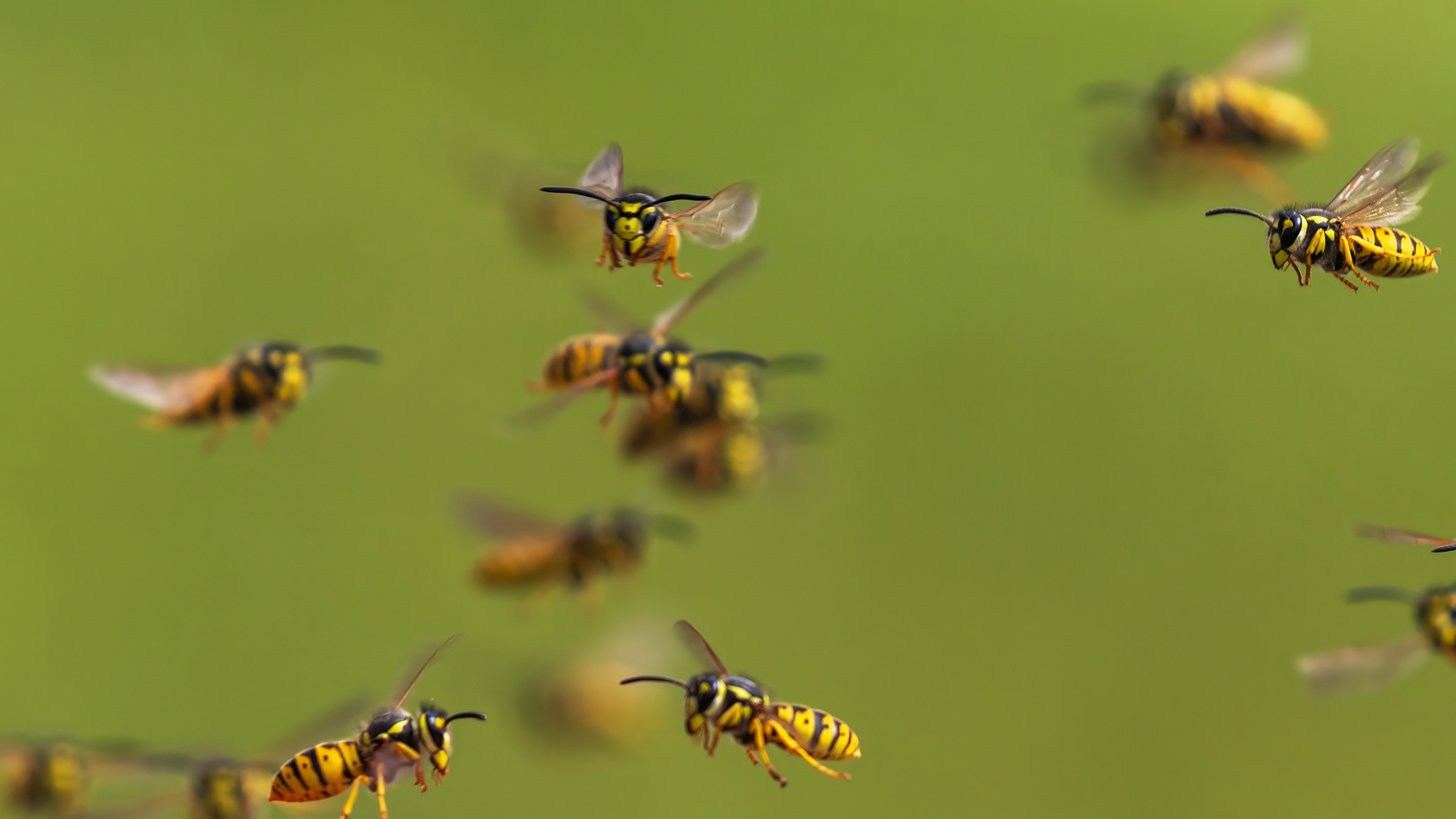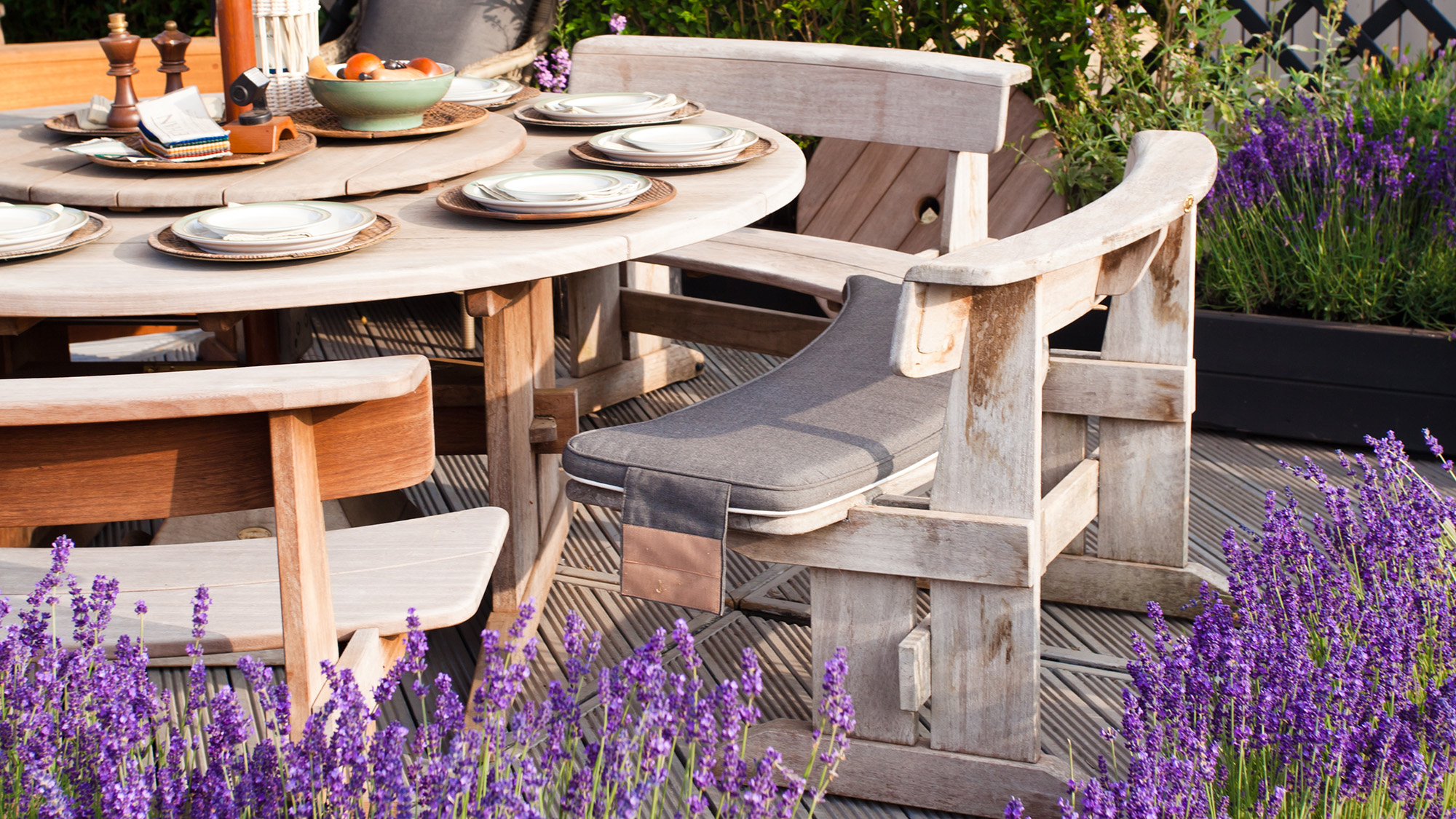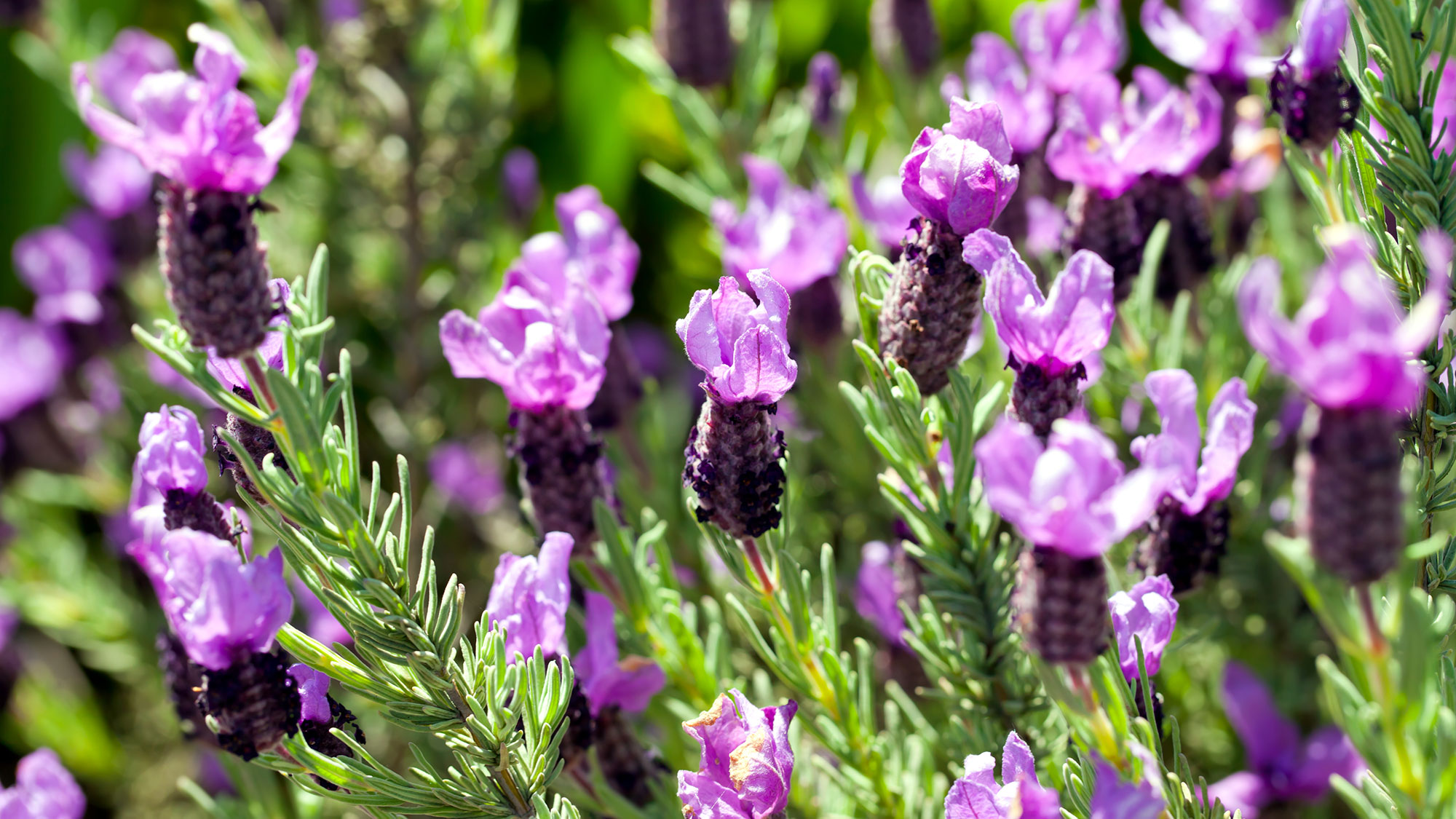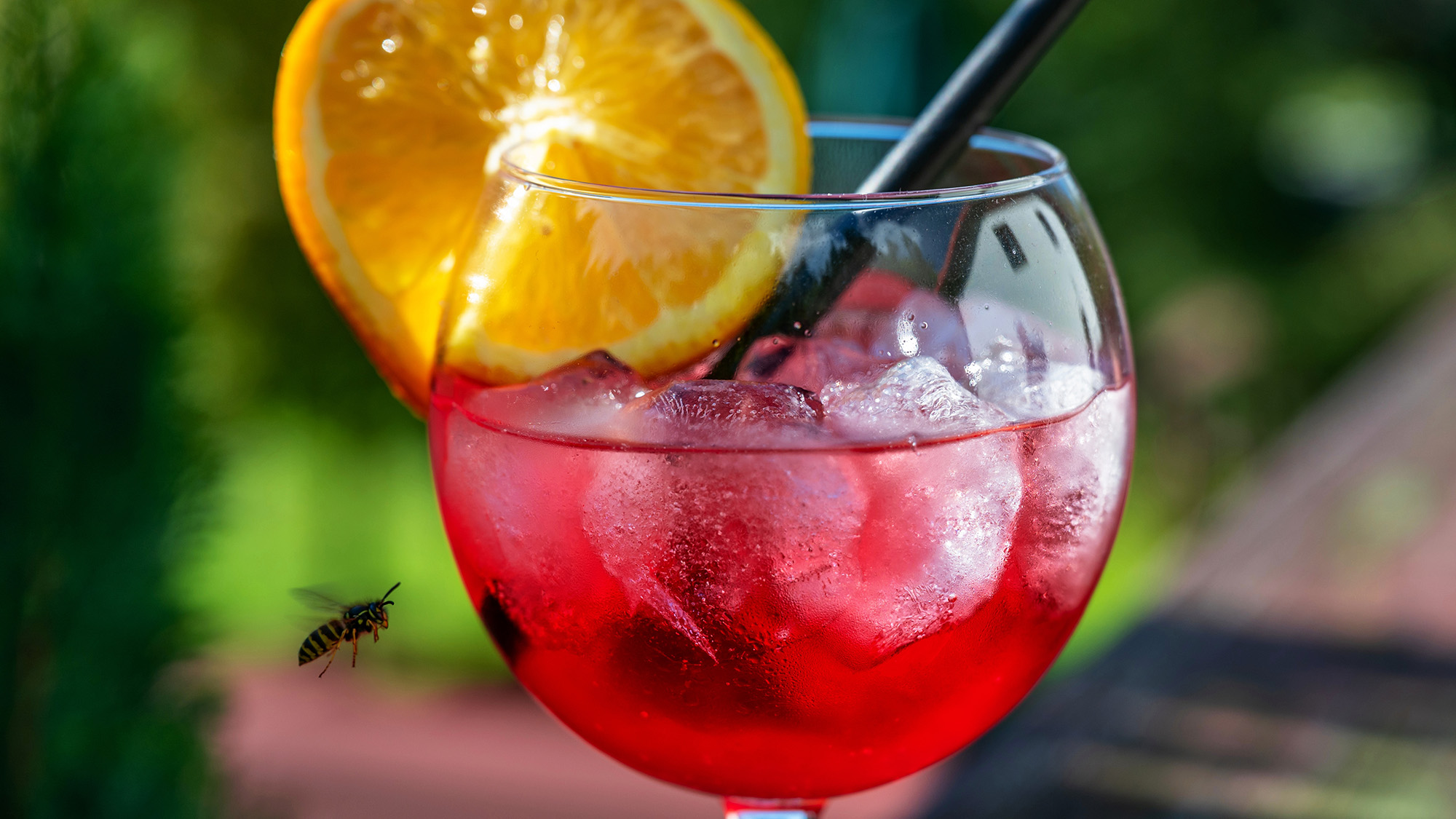Imagine sitting outside with friends and family during a warm, balmy evening, when all of a sudden your enjoyment is interrupted by uninvited wasps.
What had started as a peaceful gathering suddenly turns into a frenzied battle against against the pests, who don't have any sense of what is socially acceptable.
If this sounds familiar, and you’re fed up with wasps invading your outside space in the summer, snacking at your food, and sipping your sugary drinks, there are natural methods you can follow to get rid of wasps to stop you heading back indoors.
Rather than using sprays and unnatural baits that can harm the pests, you can employ this natural method, which offers benefits beyond deterring wasps.

While wasps drive us to distraction, Liam Cleary, outdoor plants expert at Old Railway Line Garden Centre, says there is one common garden plant that will stop the pests spoiling our fun, and it will also save you from spending out on expensive pest control.
According to Clearly, planting lavender is a simple and affordable solution that looks great and keeps wasps from hanging around your garden. “Wasps are highly sensitive to strong scents, and lavender is one they really don’t like. Planting it near seating areas, doorways, or patios can help mask the smells that attract them, like food, sugary drinks, or perfumes,” he says.
Lavender is also the perfect plant for dry conditions, as it's drought-resistant and can tolerate hot, dry summers that we’re currently experiencing.
Why lavender makes a good wasp deterrent

Lavender contains essential oils such as linalool and camphor, which give it its distinctive floral scent. While it’s pleasant to humans — and pollinators like bees and butterflies — it’s overwhelming to wasps, which rely heavily on scent to detect food.
What’s more, lavender is also one of the scents that repels mosquitoes and keeps them out of your home — it’s a multi-tasking pest deterrent.
Apart from its capacity to repel wasps, lavender is also one of the easiest and most rewarding plants to grow. I have several lavender bushes in my backyard, which are planted in pots and flowerbeds, planted singularly and grouped together to form low hedging.
What’s more, lavender is an inexpensive plant to buy, and if you’re not looking for an instant result, you can grow it from seed. A packet of English Lavender seeds from PowerGrow Systems costs $2 at Amazon. Alternatively, you can purchase a 4-pack of lavender at Amazon for $24.
Cleary is a fan, and says, “It’s low maintenance, smells incredible, and keeps your garden feeling calm, all while helping you enjoy a wasp-free zone.”
How to help your lavender thrive

Lavender will do best if grown in certain conditions, so to help it stay healthy and thrive, Cleary recommends following these four expert tips.
1. Choose a sunny spot
Lavender loves full sun and well-drained soil, so avoid shaded or damp areas.
2. Go for pots or raised planters
These make it easier to move the plants where needed, and work brilliantly on patios or balconies.
3. Don’t overwater
Lavender is drought-tolerant and prefers slightly dry conditions. Overwatering can cause it to wilt or rot.
4. Pair it with other natural deterrents
If you’re prone to wasp visits, try planting lavender alongside mint, thyme, or lemongrass for an extra layer of protection.
.png)










 English (US) ·
English (US) ·